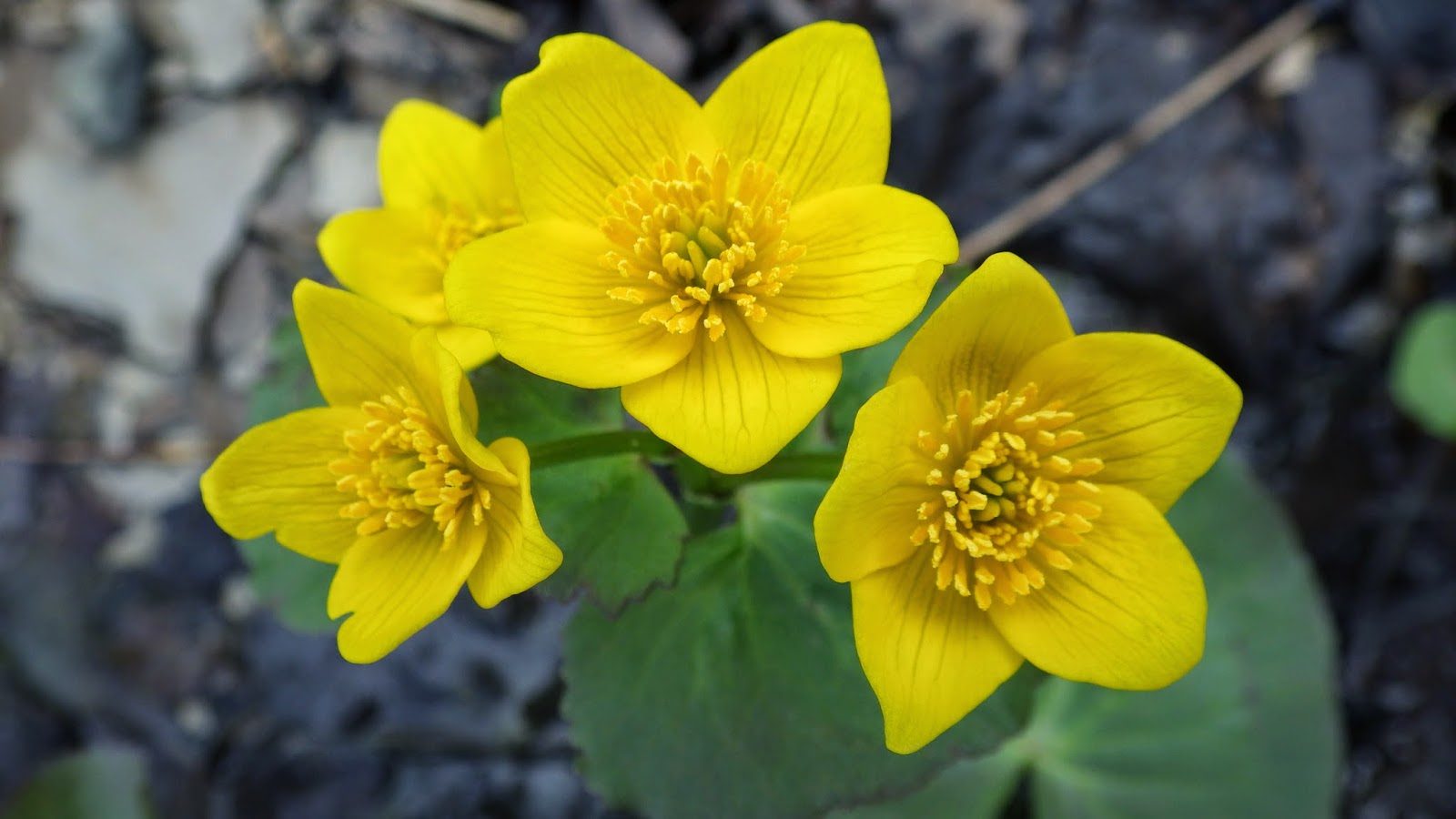 |
| The boardwalk built in 2005 allows visitors rare access to a bog landscape at Big Bog State Recreational Area. |
 |
| Fire tower with views of Red Lake. |
Finding beauty in one of
America's biggest bogs
Photos & text by Lisa Meyers McClintick
With the excitement of a birder spotting a rare warbler, my daughter and I quickly sunk to our knees on the edge of the Big Bog boardwalk to study our botanical target: insect-eating pitcher plants.
 |
| Black spruce |
They carried enough of creepy-crawly “eew” factor to convince my 10-year-old daughter, Kylie, to road trip an hour north of Bemidji to see what Minnesota’s Big Bog was all about. Here, this glimpse of the sprawling 500-square-mile peatland thick with spongy moss and dotted with skinny spires of spruce and tamarack was a natural world we’ve never seen before.
Few Minnesotans have, but a mile-long bog boardwalk built eight years ago made it possible to access what some call Minnesota’s last true wilderness. Technically named the Red Lake Peatlands (and aptly located north of Red Lake), it ranks as the biggest bog in America's lower 48 states.
 |
| Pitcher plants trap insects for nutrients. |
According to the U.S. Environmental Protection Agency, a bog differs from other wetlands--swamps, fens and marshes--in that it usually forms in the ancient glacial lake beds of northern climates. They’re also dominated by sphagnum peat, usually high in acid, low in oxygen. Peat piles up over thousands of years, forming a spongy island two to 20 feet deep atop the water table.
Sphagnum moss covers the peat and is considered antiseptic and three times more absorbent than cotton. It’s been used to dress wounds and as a component of primitive diapers. Big Bog State Recreational Area Superintendent Doug Easthouse says it also can hold water up to 27 times its dry weight.
Put another way, he says, “If the bog were drained, it could cover the state in water.”
With his quiet, calming voice, Easthouse hunches over an aerial photograph of the Big Bog on the floor of the visitor center to point out bog patterns that have formed over the last 5,000 years across land once covered by Glacial Lake Agassiz. The bog ripples with glacial ridges and depressions (also called strings and flarks) and ovoid islands (elevated stands of black spruce like sandbars in a river).
 |
| Bloom of the pitcher plant at the Big Bog. |
Globally, the peatland’s unique patterns make this bog stand out, as well as the fact it remains mostly pristine. Early pioneers failed to successfully drain and farm the land, and there hasn’t been extensive peat harvesting that has depleted bogs in other countries such as Ireland.
Easthouse shows just a few human scars left on the bog: one remote lake and a few ponds created by practice bombing in the 1950s and 60s by Navy pilots, but they are hard to spot in this vast wilderness of 1,728 acres.
“It’s almost like it’s frozen in time,” Easthouse says.
Exploring the bog
On the day we visit, a man has journeyed from Pittsburgh to seek a rare Connecticut warbler. He finds it, along with a LeConte’s sparrow, and more, winding up staying three nights in the park, Easthouse says.
More than 110 of Minnesota’s 304 bird species live in the peatland, including the great gray owl. Keen wildlife observers might also catch turtles, frogs and sandhill cranes.
 |
| Minnesota's Big Bog boardwalk. |
When we arrive at the bog walk parking lot, horseflies swarm the minivan and hurry us past a pond where wild roses sweeten the breeze and clusters of white-striped admiral butterflies flit across the gravel path. Then we duck into a thick arch of foliage where the aluminum boardwalk begins.
It feels cool and dense, reminding us of mangrove walks in Florida before opening into thick stands of bog birch, dogwood and willow before thinning to resilient spruce with snug little cones and tamarack with clusters of bristle-brush needles. The drone of flies quiets the further we walk.
 |
| Bog laurel in bloom |
Along the way, blueberry shrubs and cranberries intertwine with bog laurel and fuzzy-topped cotton grasses sway and cluster together like white shrink-rayed versions of Dr. Seuss’s truffula trees. We finally reach the interpretive panels and first signs of carnivorous plants, which adapted to eating insects for nutrients other plants get from soil.
We fail to find the wild orchids or carnivorous sundew plants on our own, but the pretty lavender rose pogonia orchids should be in bloom through International Bog Day July 26 when naturalists will help visitors spot the bog’s hidden treasures.
 |
| Minnesota Big Bog cotton grasses bob in the wind. |
John Devins, a Waconia resident and longtime Red Lake visitor, knows those gifts of the bog continually change. His family has owned a local cabin since the 1950s, and his mom, Patty, in particular is an admirer of the Big Bog and how it changes with seasons, including fall when the tamarack turn to bright gold against sharp blue skies.
“It’s probably one of the best-kept secrets in northern Minnesota,” he says.
Click here to read the full feature in the Star Tribune Outdoors Weekend section and get information on International Bog Day activities.









.jpg)
.jpg)
.jpg)
























